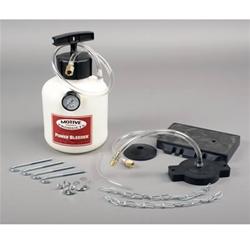kapnd
Guru
- Joined
- Aug 31, 2013
- Messages
- 881
- Location
- usa
- Vessel Name
- #31
- Vessel Make
- ex-Navy MUB 50 fish/cruise
If you have not owned and maintained the boat since it was new, you have no way of knowing what lurks in there!
Most systems I have worked on are pretty clean, but there have been some notable exceptions where I drained a variety of fluids and lots of crap out, and flushed the entire system with diesel until it ran clean before refilling.
OK, enough of the horror stories, you probably just need to add some fluid at the upper helm.
Most systems I have worked on are pretty clean, but there have been some notable exceptions where I drained a variety of fluids and lots of crap out, and flushed the entire system with diesel until it ran clean before refilling.
OK, enough of the horror stories, you probably just need to add some fluid at the upper helm.



